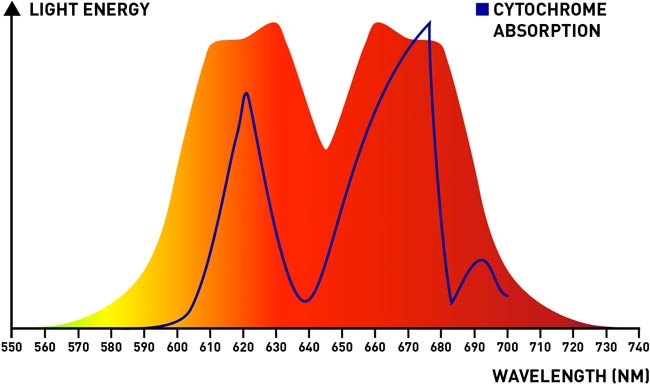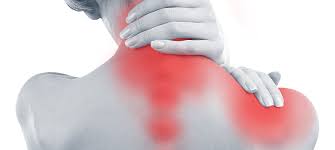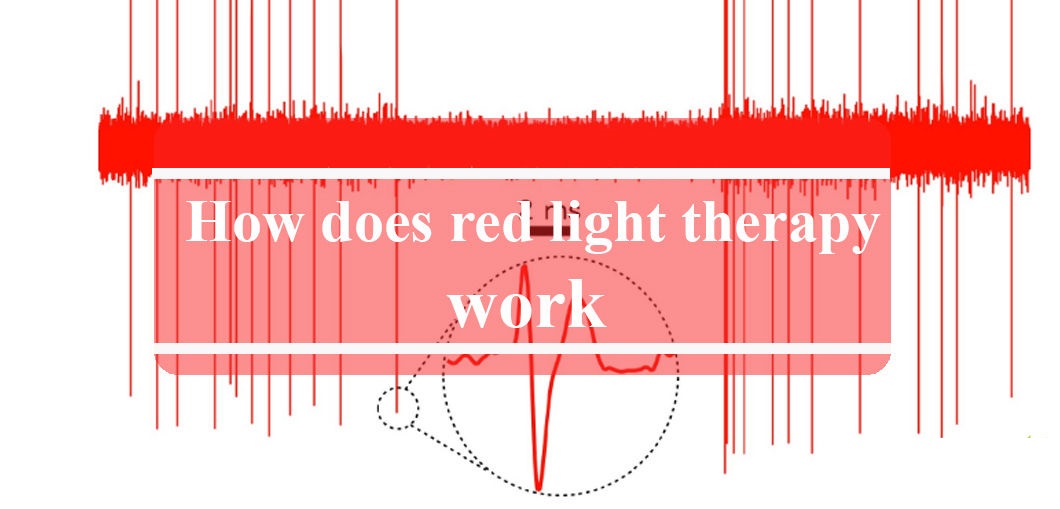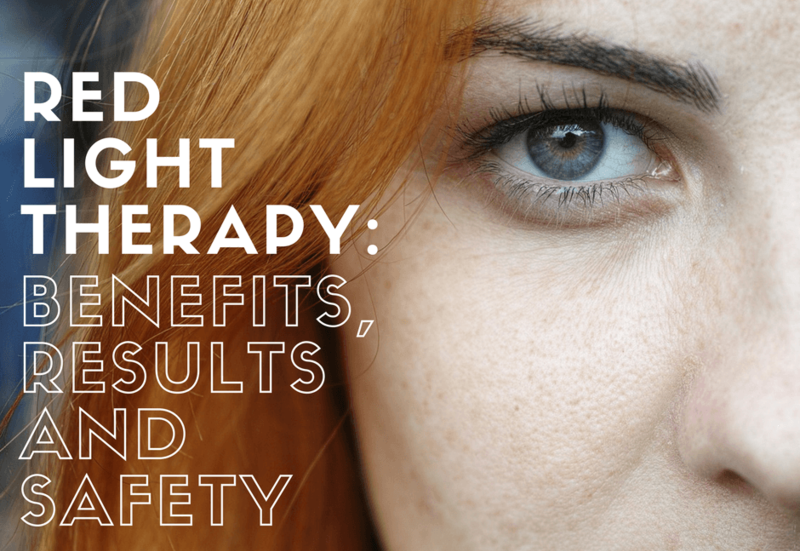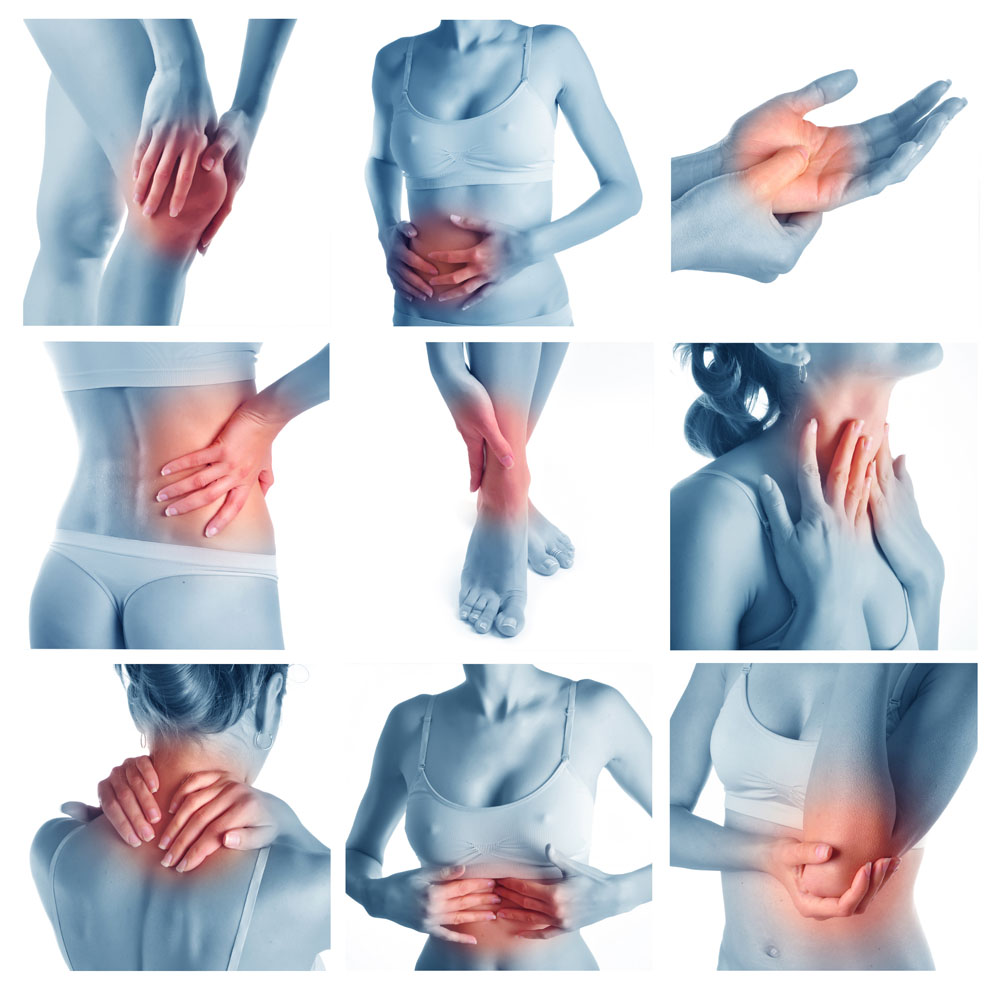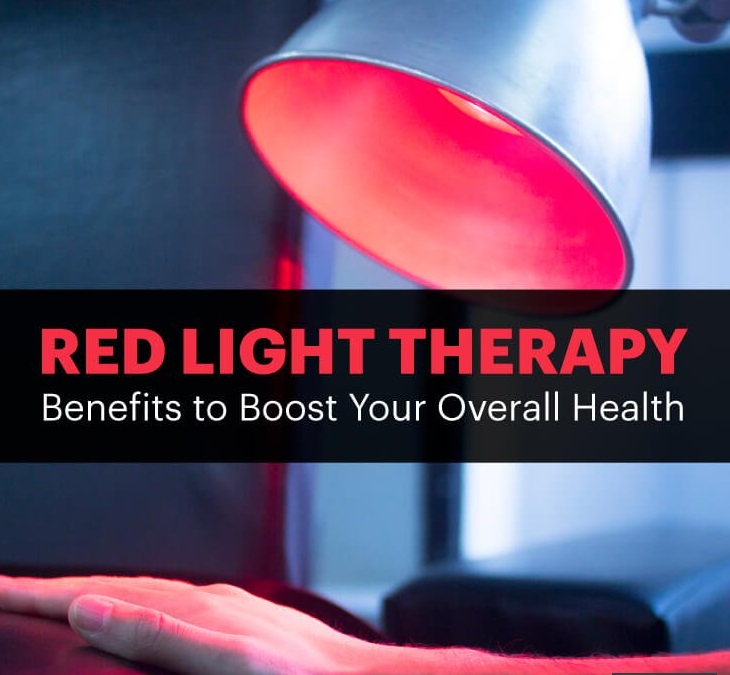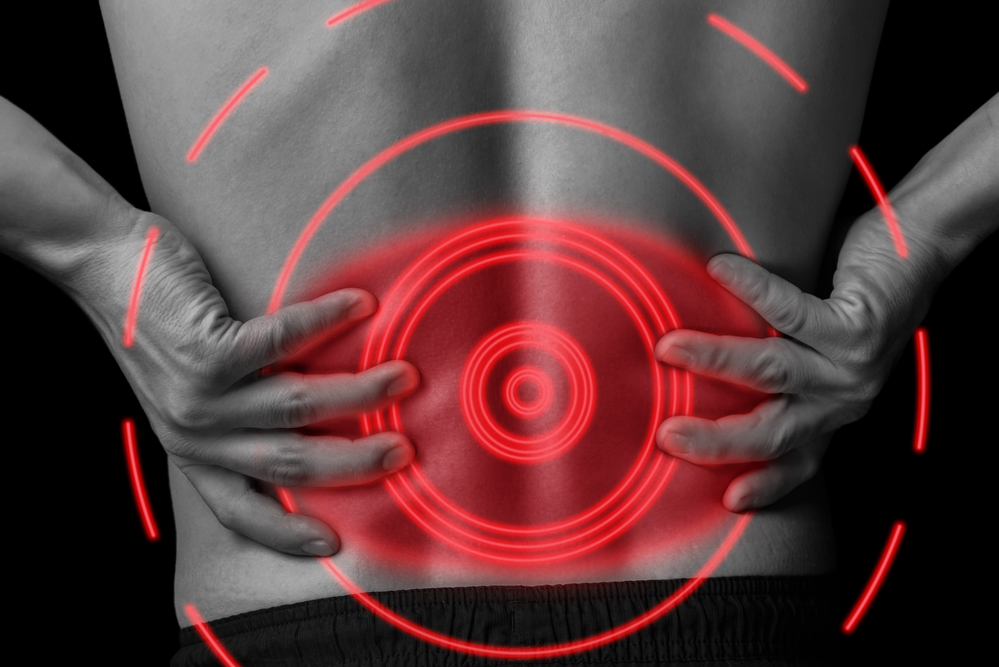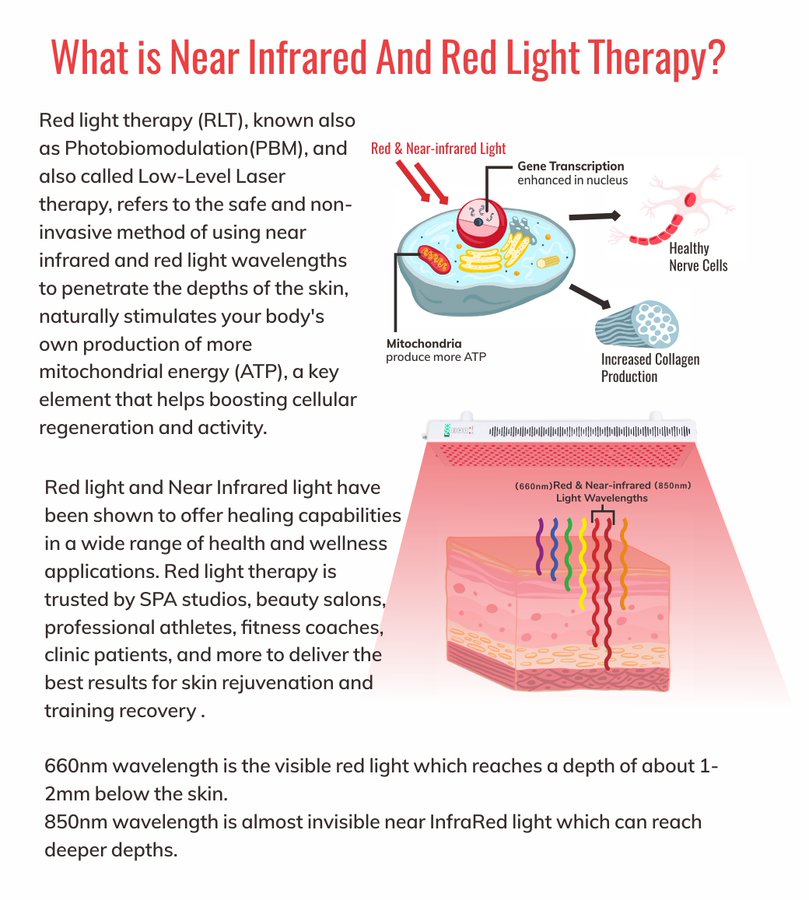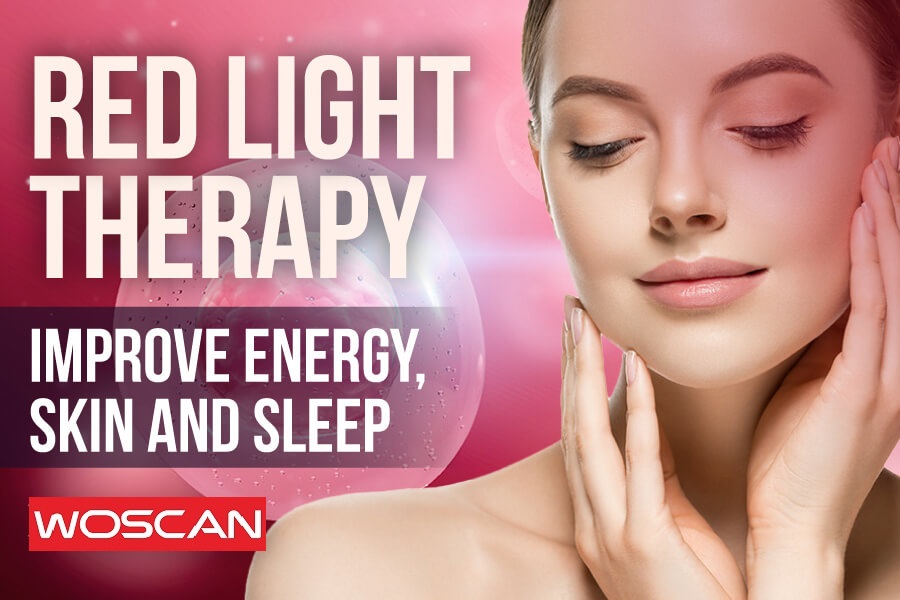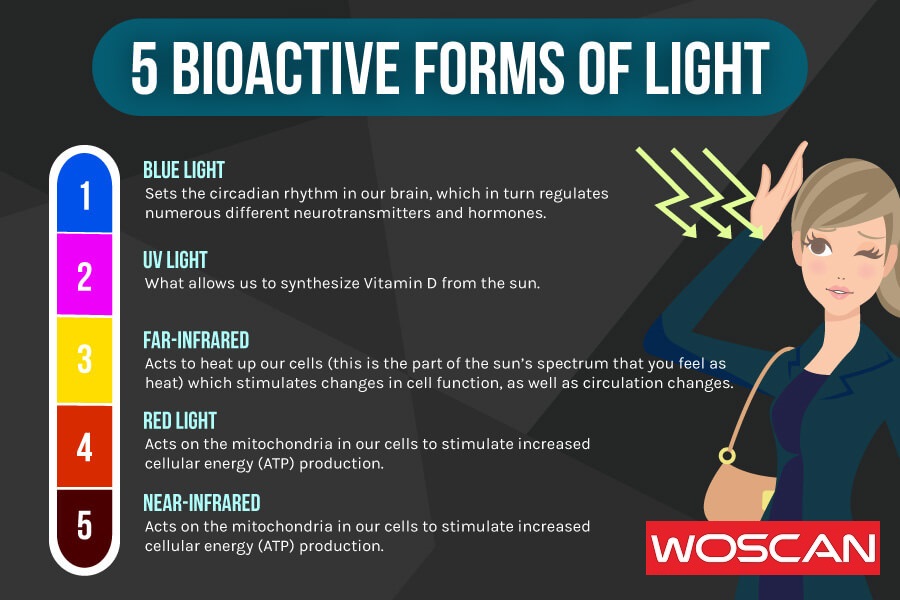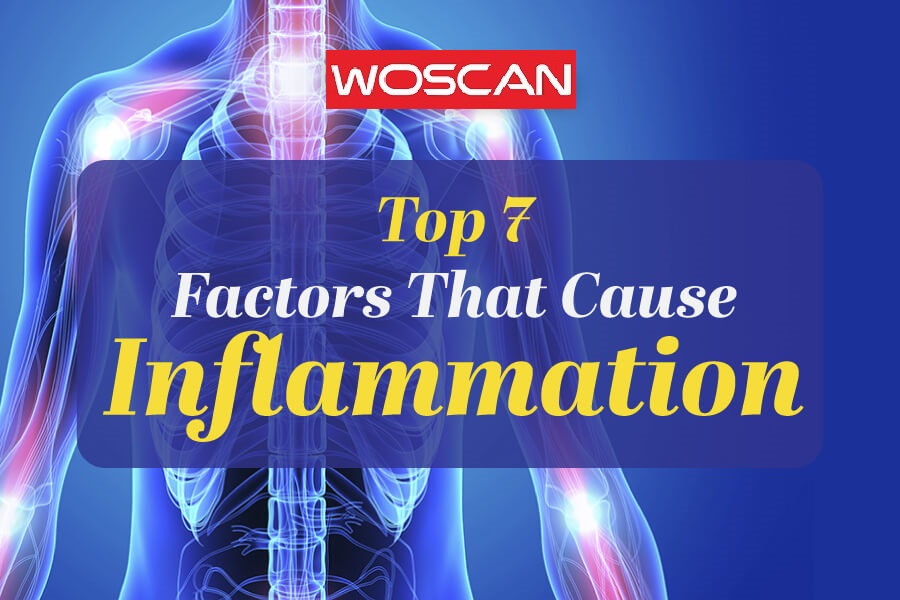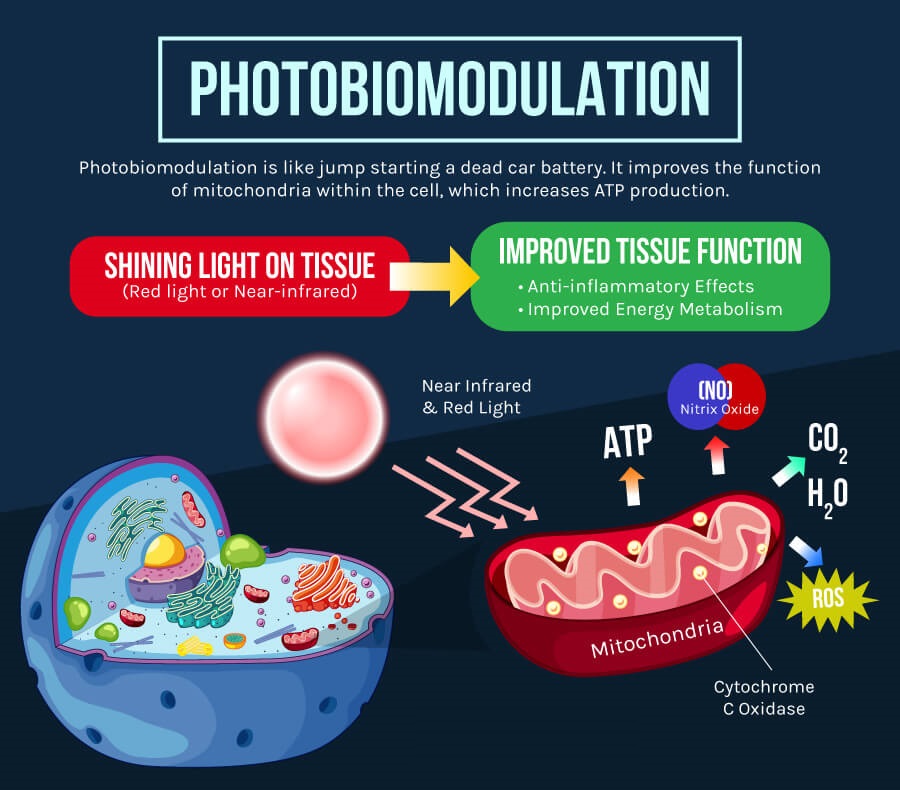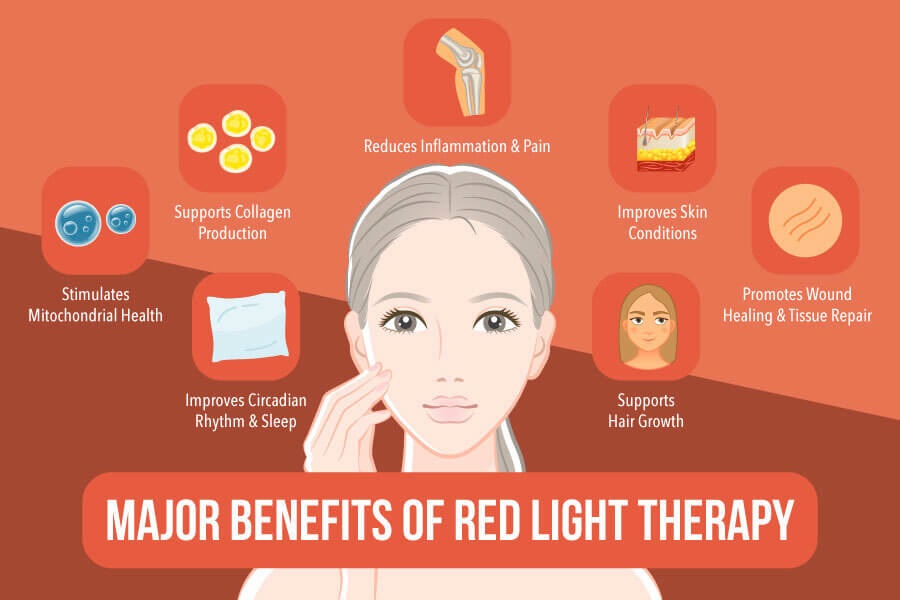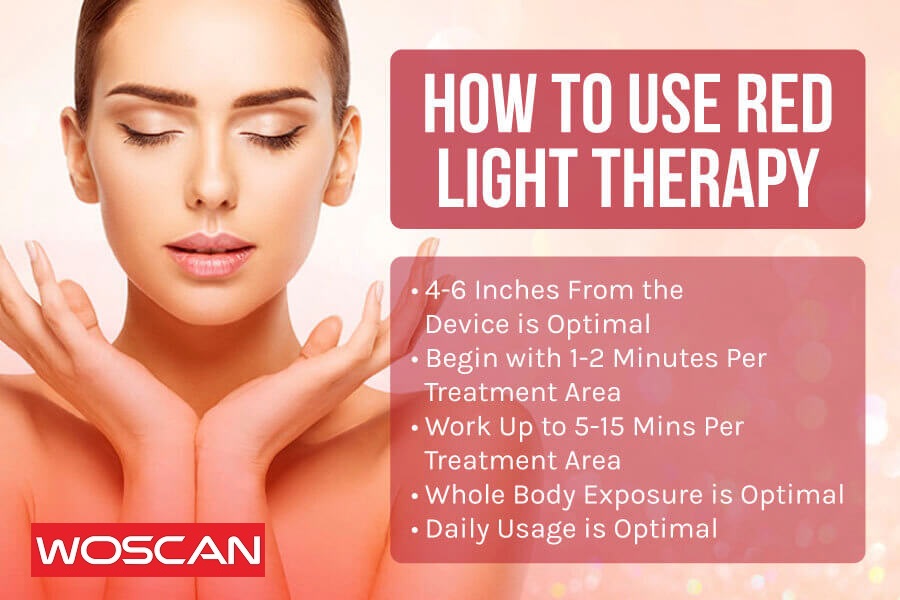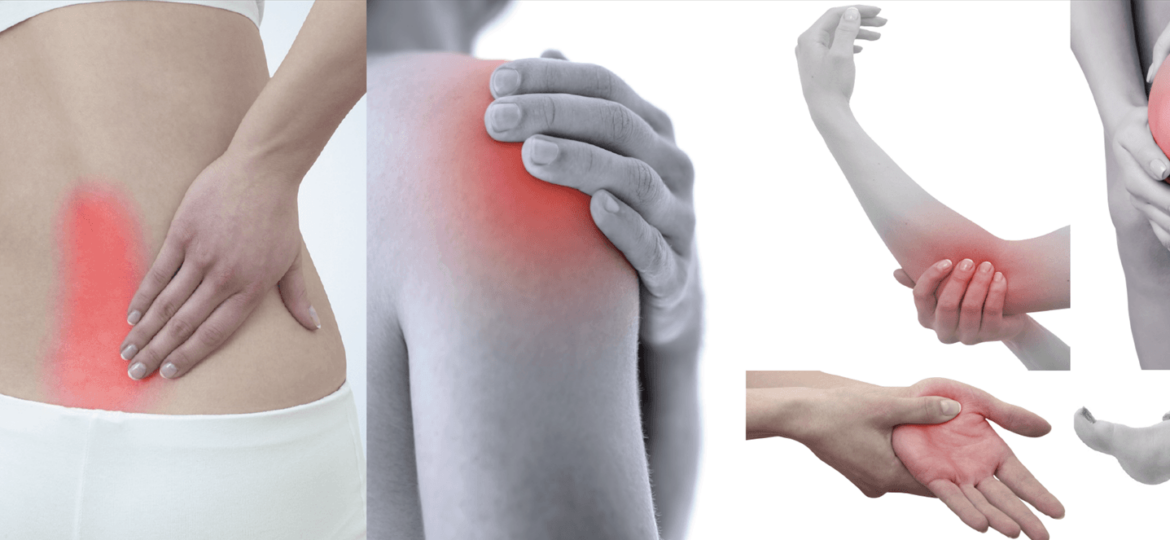
How Often Should You Use Red Light Therapy?
Dosages vary depending on what condition you are trying to treat, and it is always best to consult a doctor for advice on how often you should use red light therapy. For anti-aging, some regimens suggest 2-3 treatments per week for 3-6 weeks, and then a single maintenance session every two weeks. This however changes for the age of the client and the severity of the condition they are looking to improve.
On the other hand, for pain relief, some programmes suggest treating the area twice a day for two weeks and then continuing with 1 or 2 sessions per week. You should always follow the directions of the device you are using, and to find the most effective red light therapy treatment plan for you, it is best to speak to your doctor.
It is possible to overdo red light therapy, in which case it will not be effective. Follow treatment plans closely to get the best results and do not use it more often as it can stunt the results that you see.
How Soon Will I See Results?
In some cases, for example, using red light therapy for pain relief, effects can be noticed as soon as 20 minutes after a treatment session. In comparison, wound healing enhancement may be fist noticeable after 24 hours.
How Long Has Red Light Therapy Been Around?
Using light as treatment goes back a long way. In 1903, Niels Ryberg Finsen won the Nobel Prize in Physiology and Medicine for his successful work on using ultraviolet (UV) to treat people suffering from lupus vulgaris, a type of tuberculosis. A while later and after the invention of low-level lasers such as the ruby and helium-neon laser in the early 1960s, a Hungarian physician called Endre Mester discovered by accident that low-level ruby light could enhance hair growth. He also went on to discover how lasers could accelerate wound healing.
With the introduction of LEDs by those studying the techniques, the term was changed to “low-level light therapy” or photobiomodulation. The methods have been promoted for the alternative treatment of carpal tunnel syndrome, fibromyalgia, osteoarthritis and even smoking cessation among many others.


